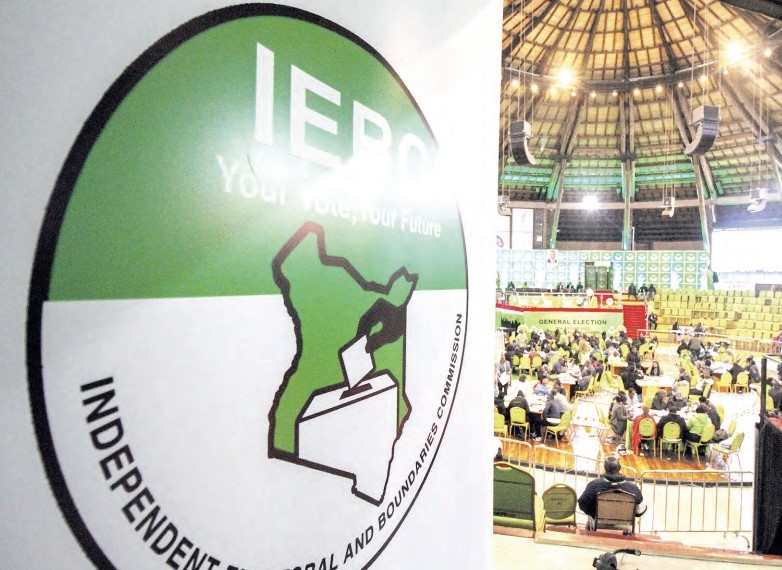
The United States’ recent legislative move to impose a 1 per cent tax on remittances sent abroad by non-citizens, effective January 1, 2026, has raised significant concerns about its potential impact on India the world's largest recipient of remittances.
While the tax rate was initially proposed at 5 per cent and later reduced to 3.5 per cent, the Senate's final cut to 1 per cent still poses challenges for Indian expatriates and the Indian economy.
India received a record $129 billion in remittances in 2024, with the US contributing nearly $32 billion, accounting for approximately 27.7 per cent of total inflows—up from 22.9 per cent in 2016-17.
These funds are vital for millions of Indian households, especially in states like Kerala, Uttar Pradesh, and Bihar, where foreign income supports education, healthcare, housing, and daily consumption.
Experts warn that even a 1 per cent tax could reduce formal remittances to India by nearly $500 million annually, second only to Mexico in absolute losses.
More severe estimates suggest a 10-15 per cent drop in remittance flows could lead to a $12-18 billion shortfall, weakening the Indian rupee by $1-1.5 against the dollar and dampening household consumption at a time when the economy faces global uncertainties.
For families dependent on these funds, the tax means less money reaching their homes. For example, sending $100 would now cost $1 in tax, reducing the net amount received.
This loss compounds with existing transaction fees, further straining the financial support system for many Indian households.
The tax targets non-US citizens, including Indian H-1B visa holders, green card holders, international students, and temporary workers.
This group forms a significant portion of remittance senders. The tax could discourage remittances or push senders to find alternative, possibly less formal channels, potentially reducing transparency and increasing costs.
The tax applies only to remittances sent through cash, money orders, cashier’s checks, or similar physical instruments and only on transfers above $15.
Bank transfers and payments via US-issued debit or credit cards are exempt, as are transfers by US citizens.
This limits the tax’s scope but does not eliminate its impact on many Indian expatriates who rely on physical or informal transfer methods.
While the reduction of the tax rate to 1 per cent offers some relief, the proposed US remittance tax still threatens to reduce the volume of formal remittances to India, potentially hurting millions of families and the broader economy.
The tax increases the cost of sending money home, may weaken the rupee, and could dampen consumption in key Indian states reliant on foreign income.
Given India’s significant dependence on US remittances, the new tax represents a notable economic challenge for both the diaspora and India’s economy.















